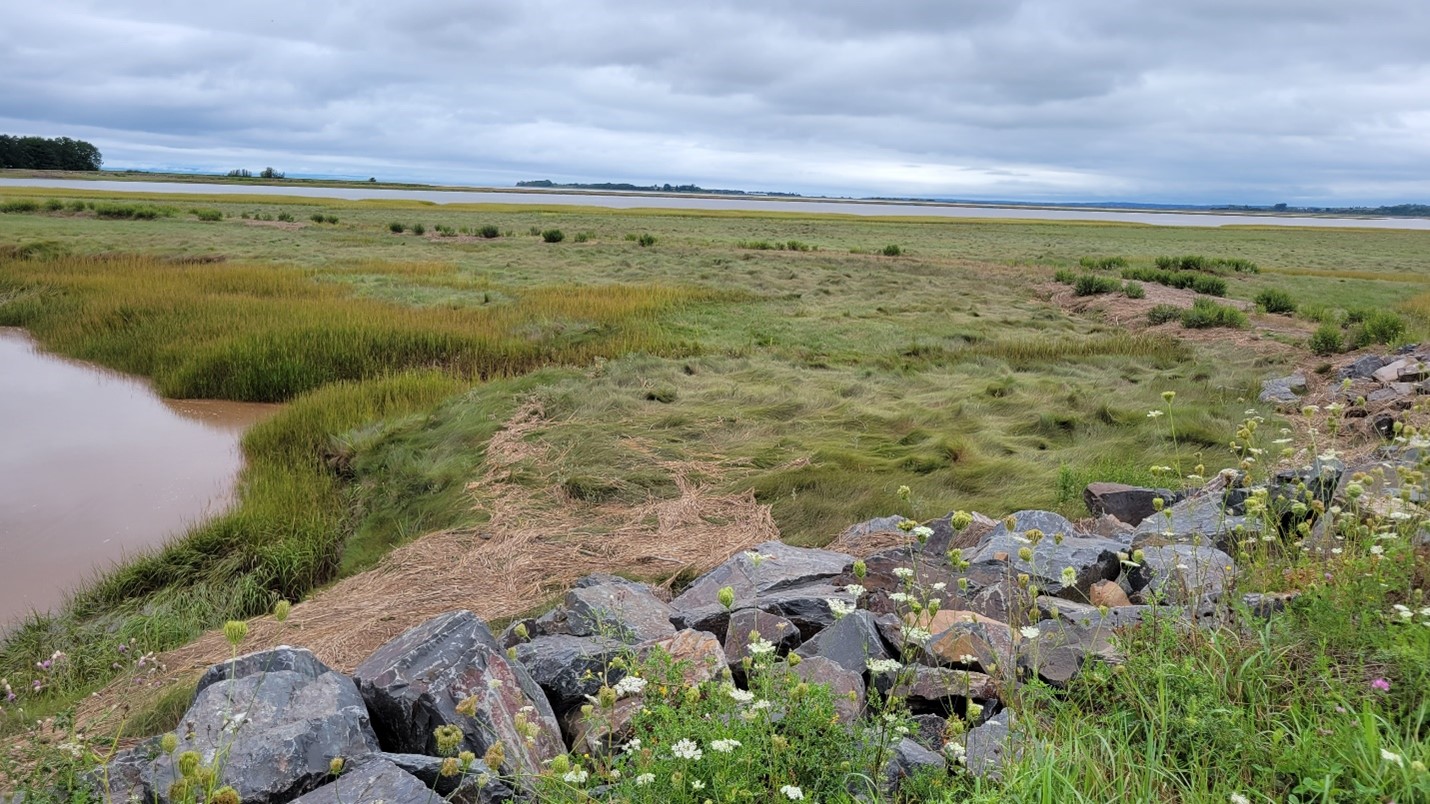
We live in the Anthropocene era. Human actions have become the major driving force behind unprecedented environmental challenges, creating delicate complexities and uncertainties about the future of the planet and humanity. Canada’s critical landscapes are not spared from these challenges, threatening the well-being of human and non-human communities that depend on them for various natural benefits. Thus, our ability to prepare, plan, and reflect for the future has never been as important to ensure that Canada’s landscapes thrive sustainably and resiliently in the Anthropocene.
This is the challenge being addressed by our research team at the Department of Natural Resource Sciences. We explore the question: “What are the plausible futures of Canada’s critical landscapes given emerging challenges in the Anthropocene?”
With professors Elena Bennett and Gordon Hickey, we work with other researchers across Canada to lead the creation of “storylines of the futures” or “scenarios” for several of Canada’s critical landscapes. These range from the Bay of Fundy of Nova Scotia to the Pacific Coasts of British Columbia. Our team and research are part of NSERC ResNet, a pan-Canada research network that studies the management, modeling, and monitoring of these landscapes for sustainability and resilience.
Tapping imagination and collaboration
Our research team taps the power of imagination and collaboration by organizing and facilitating “Participatory Scenarios Planning” (PSP) among key actors of the landscapes. PSP is a collaborative approach that brings together diverse perspectives to co-imagine scenarios. We imagine not only the ecological but also the social, cultural, and economic futures of these landscapes.
We highlight PSP as a space for creativity and social learning. Futures are co-imagined through active discussions based on participants’ diverse knowledge about the landscape and their respective aspirations for the future. PSP allows us to explore the future in the Anthropocene more holistically as we engage the diversity of participants’ expertise and lived experiences to uncover more complexities and uncertainties. By doing so, we can have a better understanding of the potential trade-offs and synergies when implementing future solutions to address the challenges of the Anthropocene in these landscapes.
Climate change futures with the iconic Bay of Fundy
Recently, our team published a report that presents scenarios for the tidal wetland-dykeland landscape of Canada’s iconic Bay of Fundy in Nova Scotia. This landscape is known for its stunning view but is also essential for habitat for pollinators for farmlands, protection of shoreline communities against erosion, and preserving the cultural values of Mi’kmaq and Acadian heritage among many others. However, the landscape is under threat from the impacts of climate change.
The report is a culminating synthesis of the PSP our team has conducted in November of 2022 in partnership with Dalhousie University and Saint Mary’s University. Our team engaged 18 leading thinkers and leaders on the tidal wetland-dykeland landscape of the Bay. We co-imagined futures given the key uncertainties brought about by climate change. These include whether institutions and communities in the landscape take proactive or reactive climate actions and whether they will prioritize public goods or private interests in decision-making.
We co-created four storylines, each highlighting the plausible ecological and social events that may unfold given a combination of these uncertainties. In all scenarios, our report underscores the importance of more proactive climate action. This is whether through inter-organizational collaborations or private-sector leadership.
We also acknowledge that in each scenario, there are groups who will benefit and will be at a disadvantage. For example, with private sector leadership investing in green technologies for climate change adaptation, we imagine that groups with smaller capitals (e.g., Indigenous communities, family farms along the Bay) may find it difficult to keep up.
We hope that our report can help guide research, policy, and practice to help communities in the Bay of Fundy landscape to prepare and plan for a future that is not only resilient but also equitable to all groups dependent on the landscape.
For more information about the report, contact elson.galang@mail.mcgill.ca
